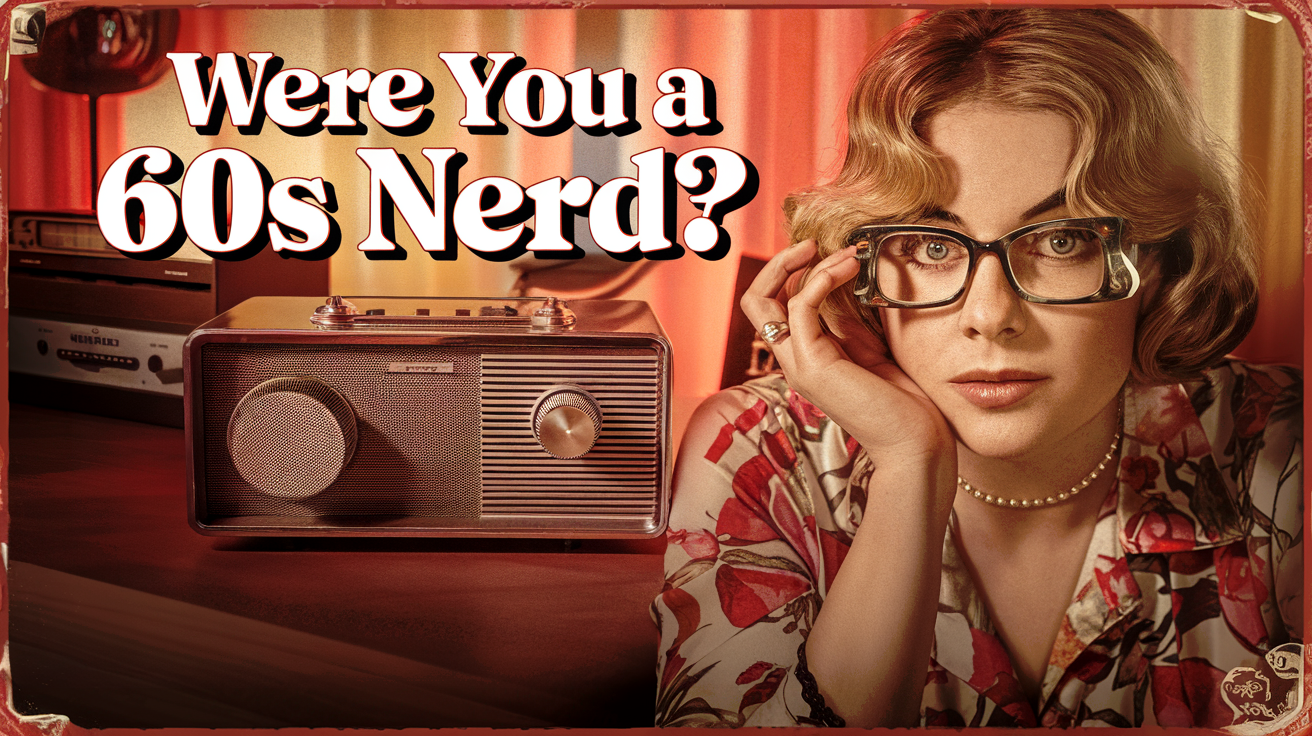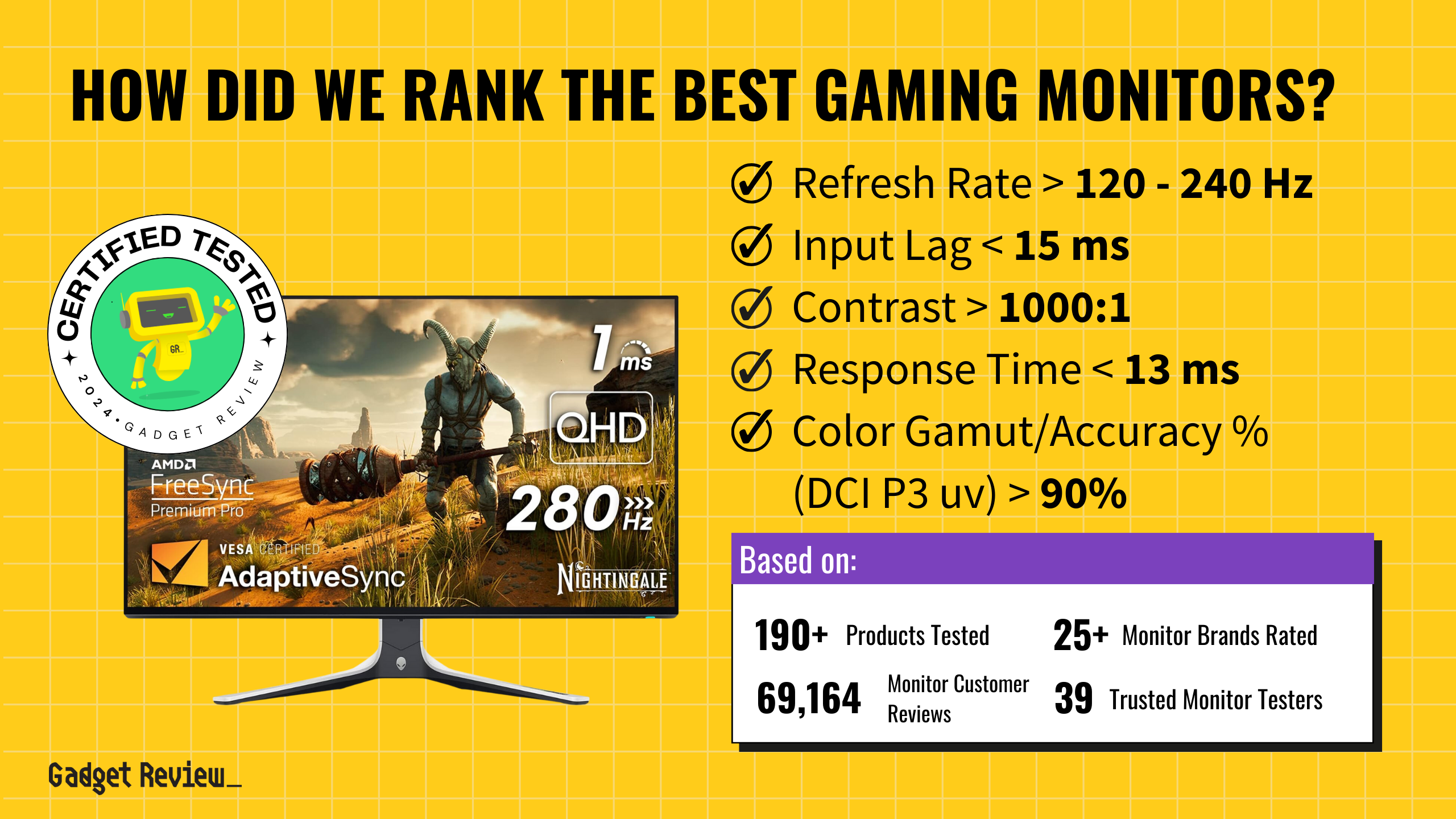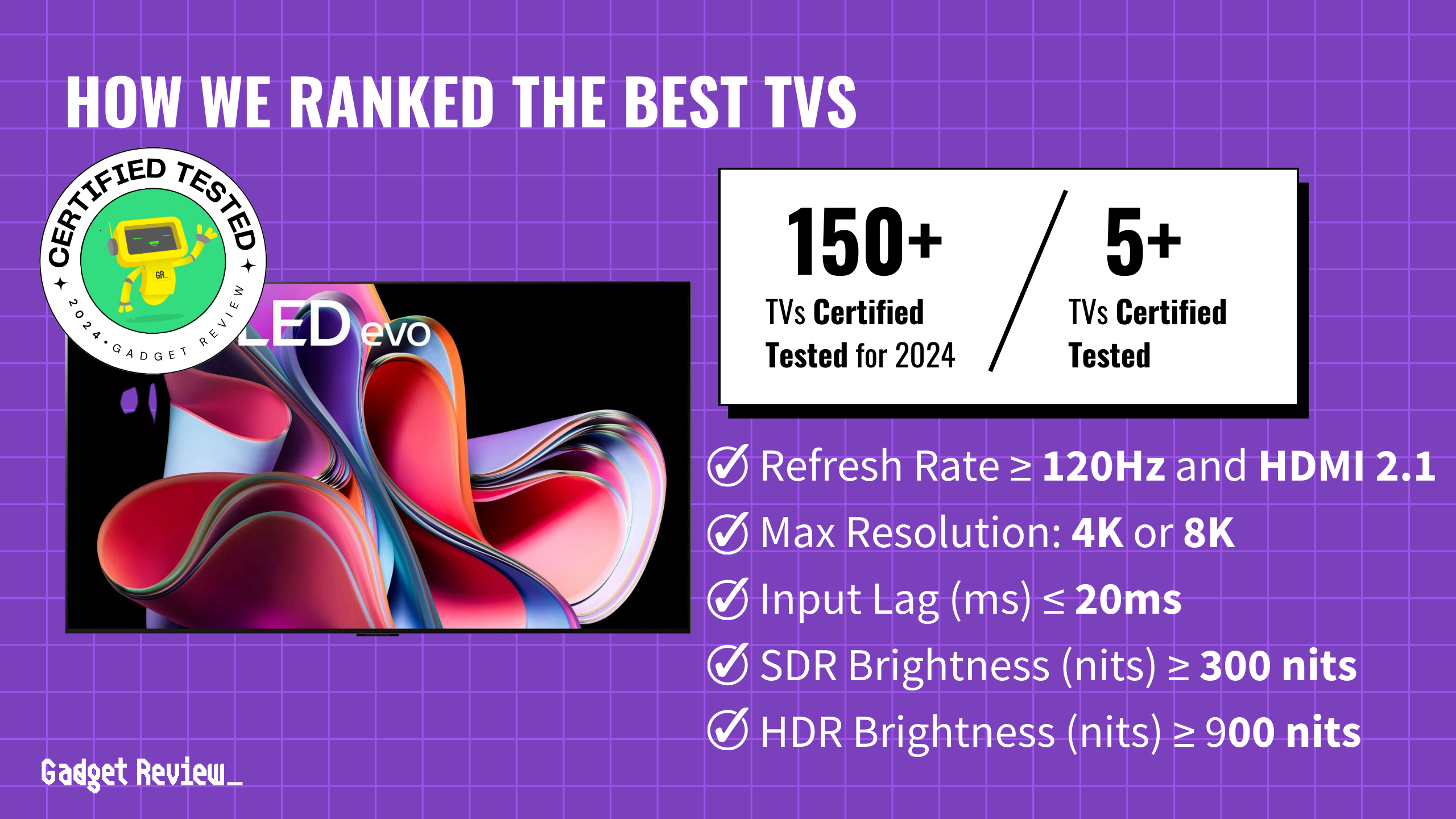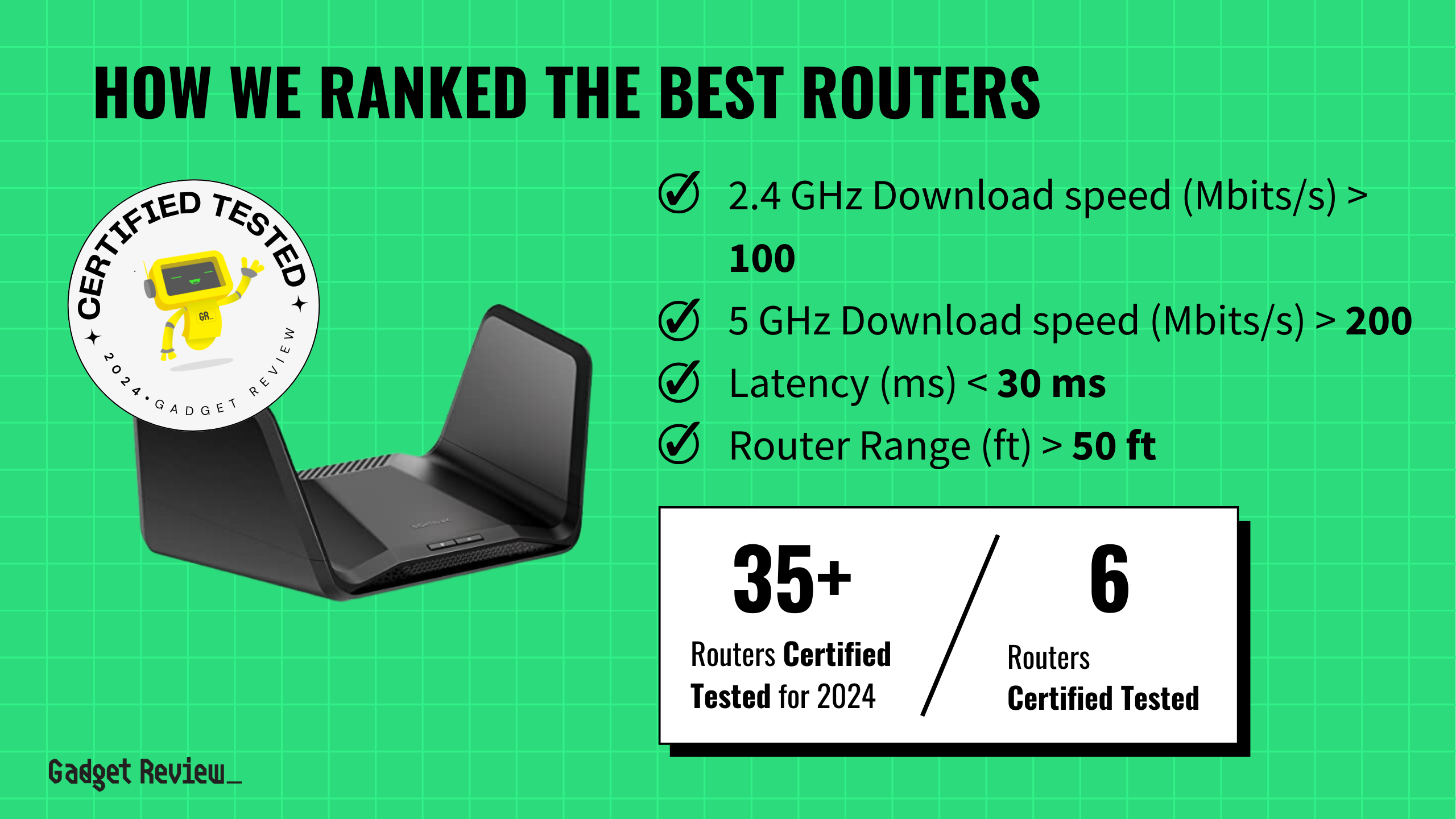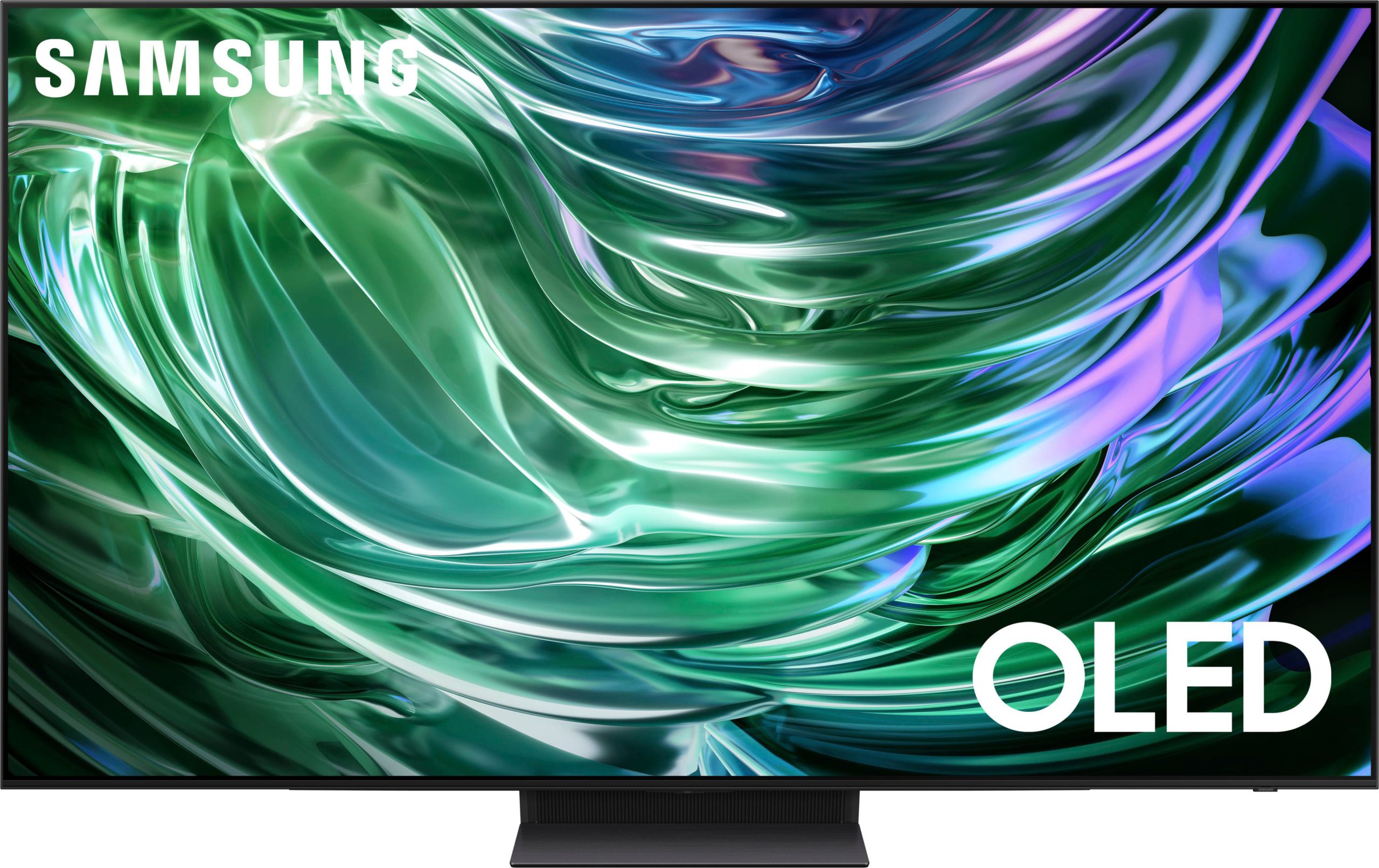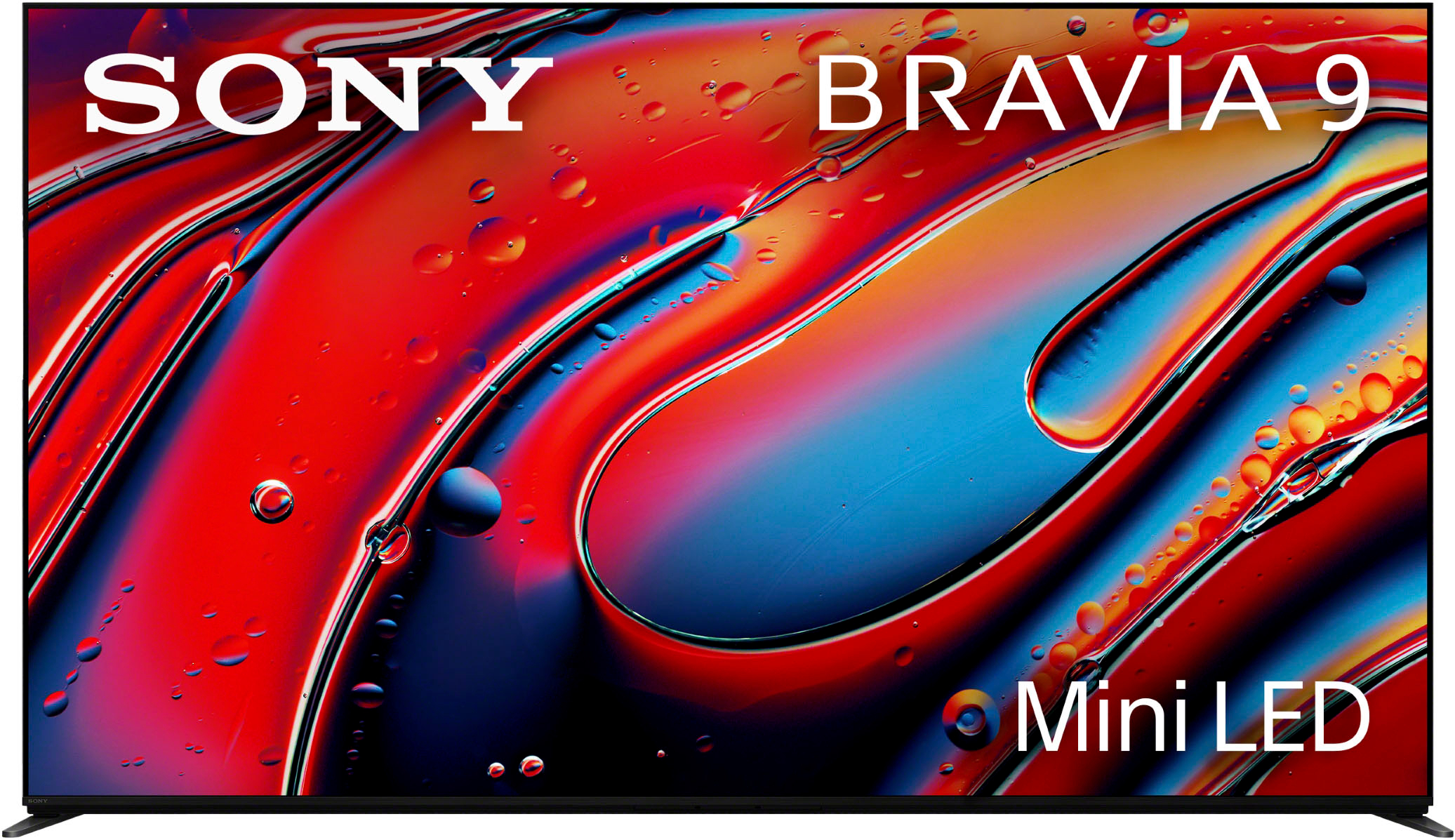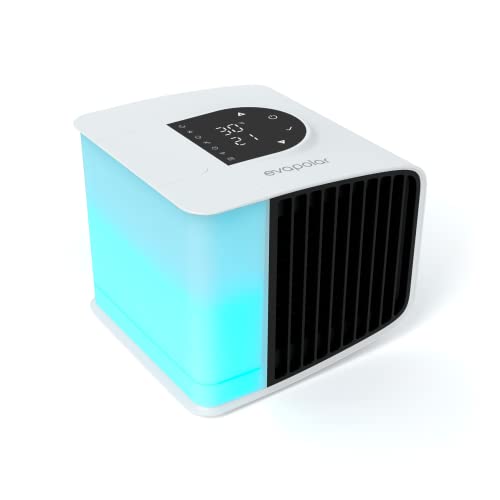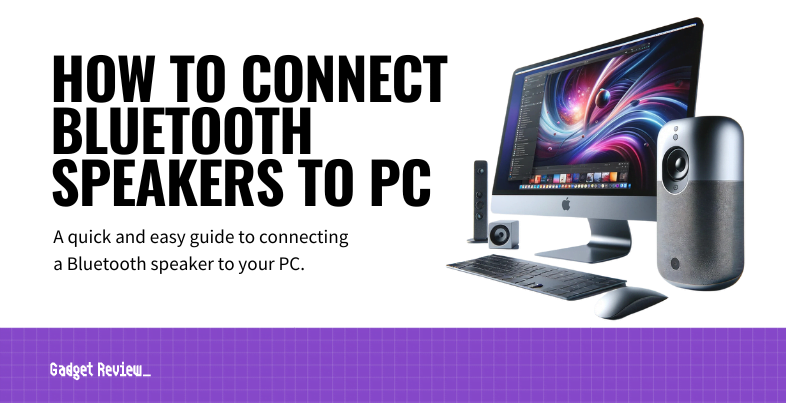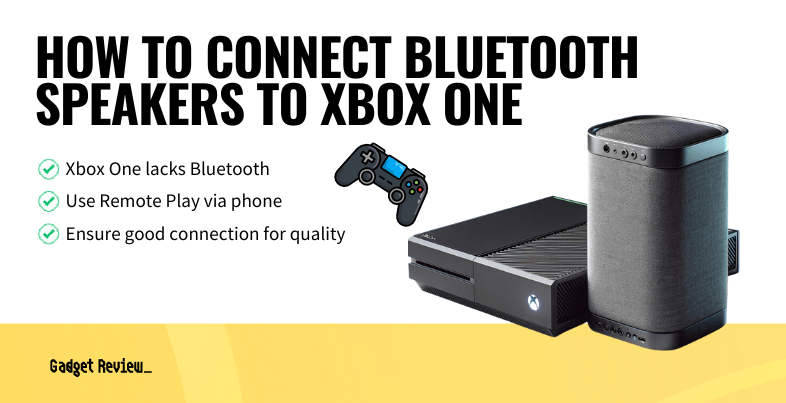The 1960s created more tech breakthroughs than any decade since. Hidden in research labs and government facilities, scientists built the impossible. They crafted the first computer mouse, launched ARPANET, and developed the Apollo Guidance Computer. While rockets grabbed headlines, quiet innovations like Unix and BASIC shaped our digital world. These forgotten inventions power your daily life.
20. Ruby Laser
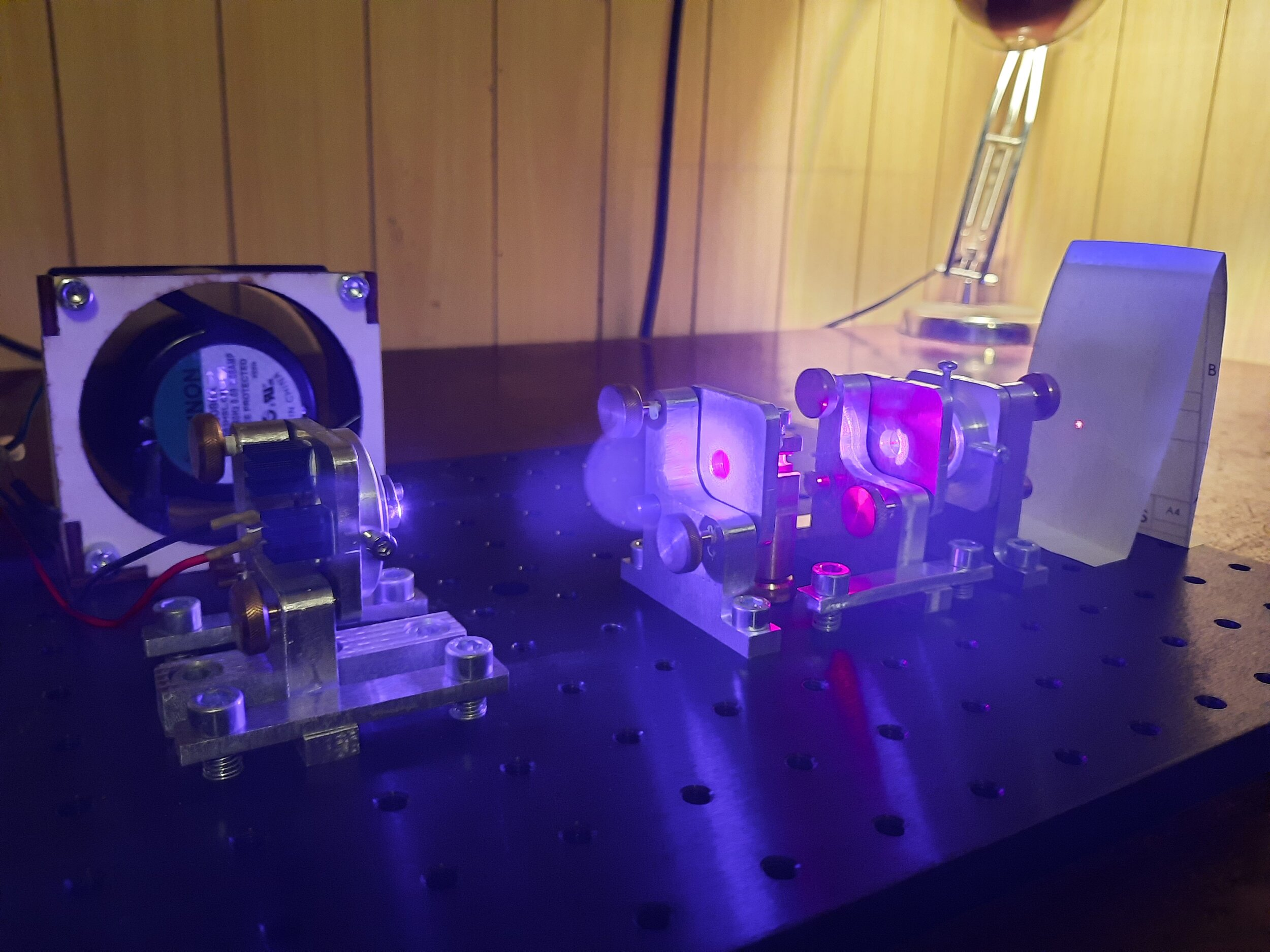
Ever wondered how doctors perform microsurgery with such precision? It all started at Hughes Research Laboratories with the first practical laser. Inside its chromium-doped ruby rod, light emerged at 694.3 nanometers with 0.5 joules of energy. Laboratories worldwide implemented this technology for precision measurements and experimental applications. The technology enabled the first precise eye surgery in 1963, marking medicine’s entry into the laser age.
19. Unix Operating System
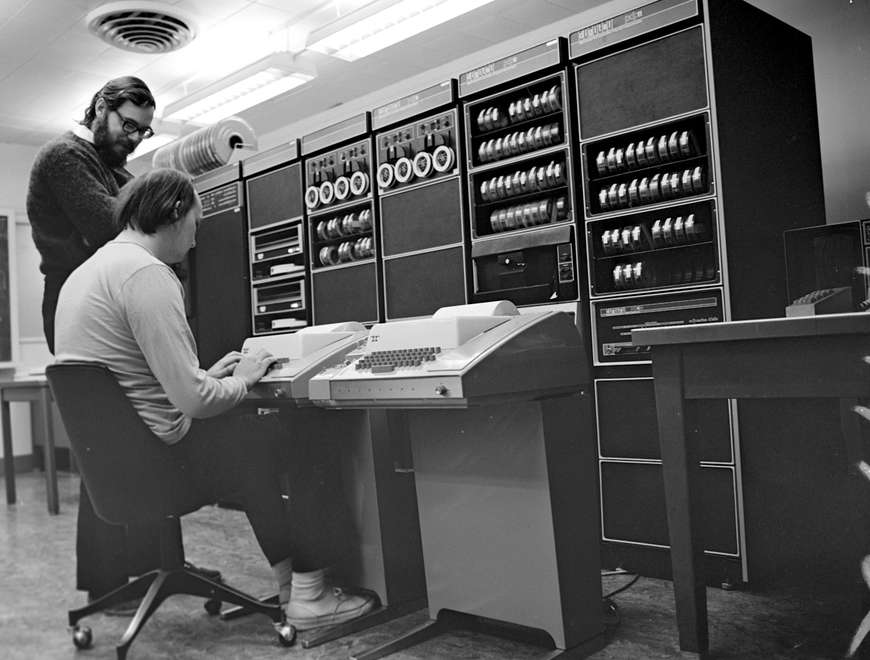
The challenge of multi-user computing found its solution in UNIX at Bell Labs. Their elegant system operated efficiently on a PDP-7, requiring only 16K words of memory in 1969. The system spread throughout Bell Labs divisions, reaching 42 installations by 1973. The Berkeley Software Distribution of 1975 spread UNIX’s influence across academia.
18. Nimrod Computer
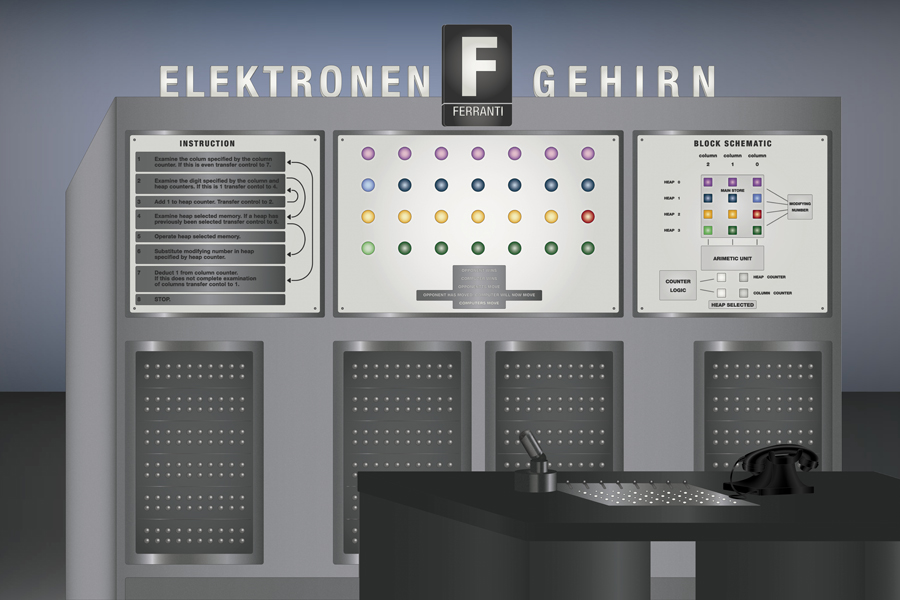
Britain’s 1951 Exhibition of Science showcased the Nimrod, an early demonstration of machine intelligence. Standing 12 feet long and 9 feet tall, this mathematical game system captivated audiences. Douglas Engelbart’s 1968 “Mother of All Demos” transformed human-computer interaction. Engelbart’s demonstration inspired Xerox PARC’s revolutionary Alto computer in 1973.
17. Star Trek
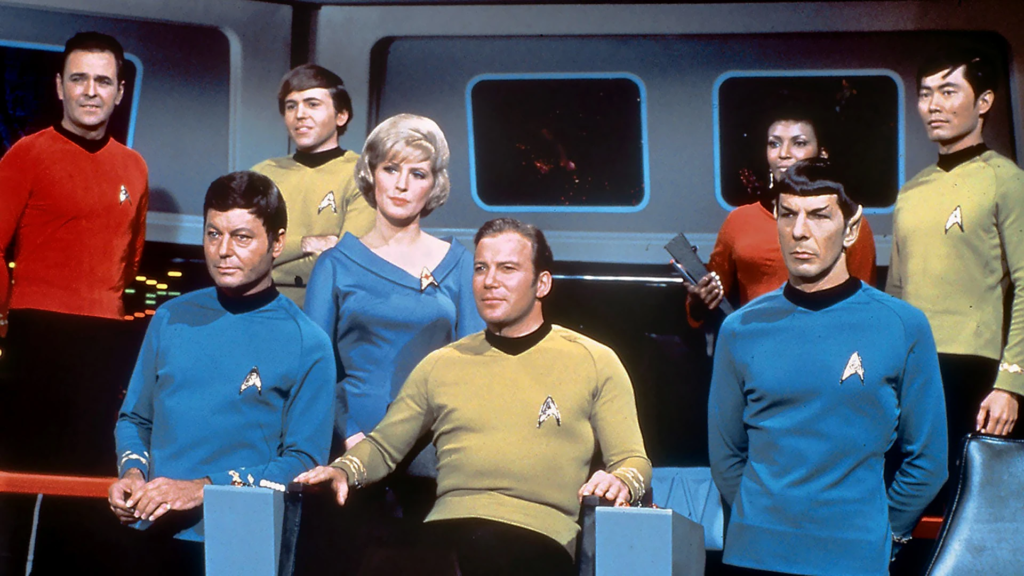
Science fiction found sophisticated expression through Star Trek’s groundbreaking series. The show produced 79 episodes at $190,000 per episode. Despite initial skepticism, viewership grew to 6.7 million households by 1967. NASA named its first space shuttle Enterprise in 1976, acknowledging the show’s impact on space exploration.
16. PDP-8 Mini Computer
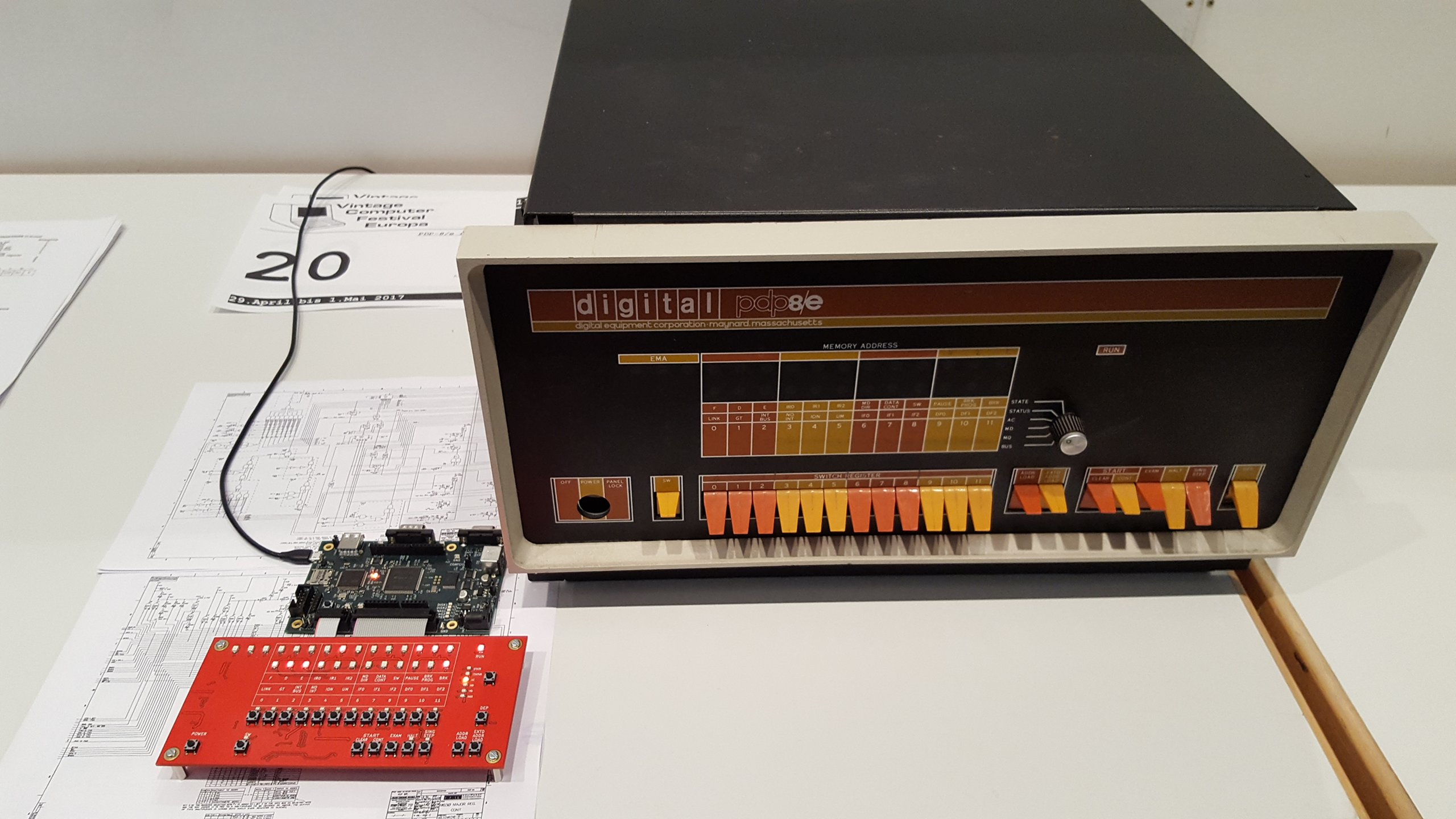
Looking at your sleek laptop? Its grandfather was the size of a refrigerator. At $18,000 and 2.5 cubic feet, it marked the first affordable commercial system. Laboratory installations utilized toggle switches and paper tape for operation. Massachusetts schools deployed PDP-8s in 1969, launching the first widespread computer literacy program.
15. Microchips
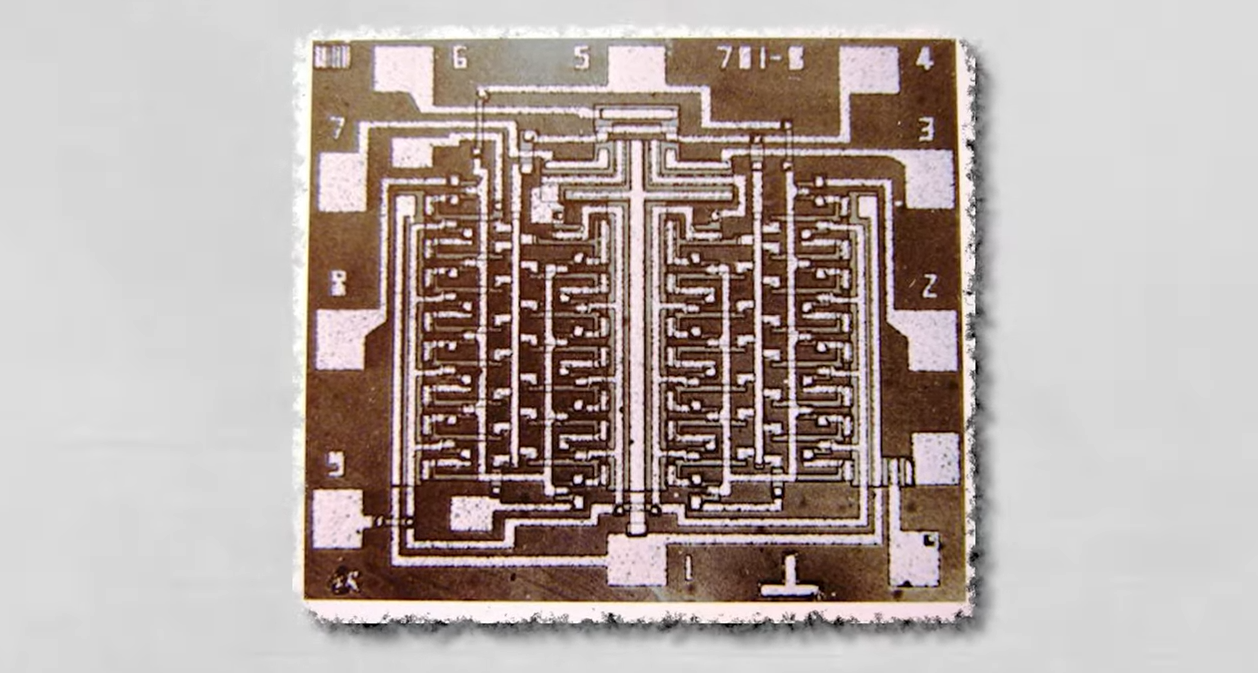
Think of the chips in your devices – they all trace back to Fairchild Semiconductor’s breakthrough. Initial chips integrated 4 transistors in 4mm², shrinking room-sized capabilities to fingertip scale. Production advances reduced costs from $1,000 to $20 per circuit by 1963. These chips powered the Apollo Guidance Computer, proving integrated circuits’ reliability for critical missions.
14. BASIC Programming Language
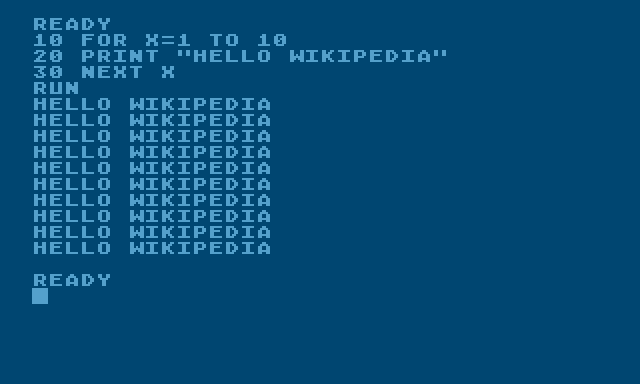
Before user-friendly interfaces, BASIC made computers accessible to everyone. The language operated on 8K memory systems with 15 core commands. Campus implementation reached 2,000 active users by 1966. Bill Gates and Paul Allen wrote their first commercial software in BASIC on a PDP-10 in 1971.
13. Batman TV Series
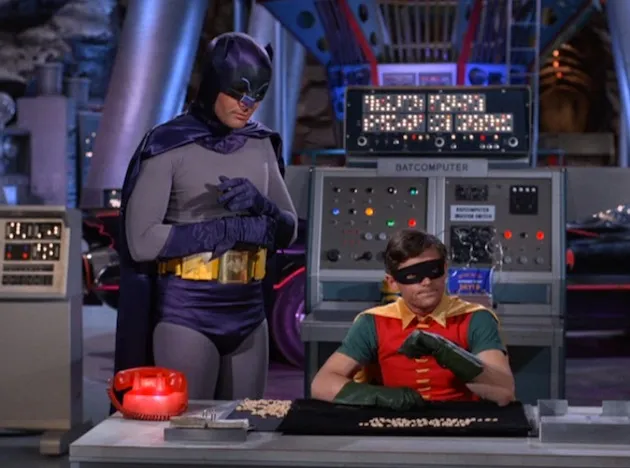
Holy entertainment revolution! ABC transformed superhero shows through innovative production. The series produced 120 episodes across 2.5 years. Advanced camera work and effects required $75,000 per episode. The series’ merchandising success established the model for modern superhero media franchises.
12. Apollo Guidance Computer
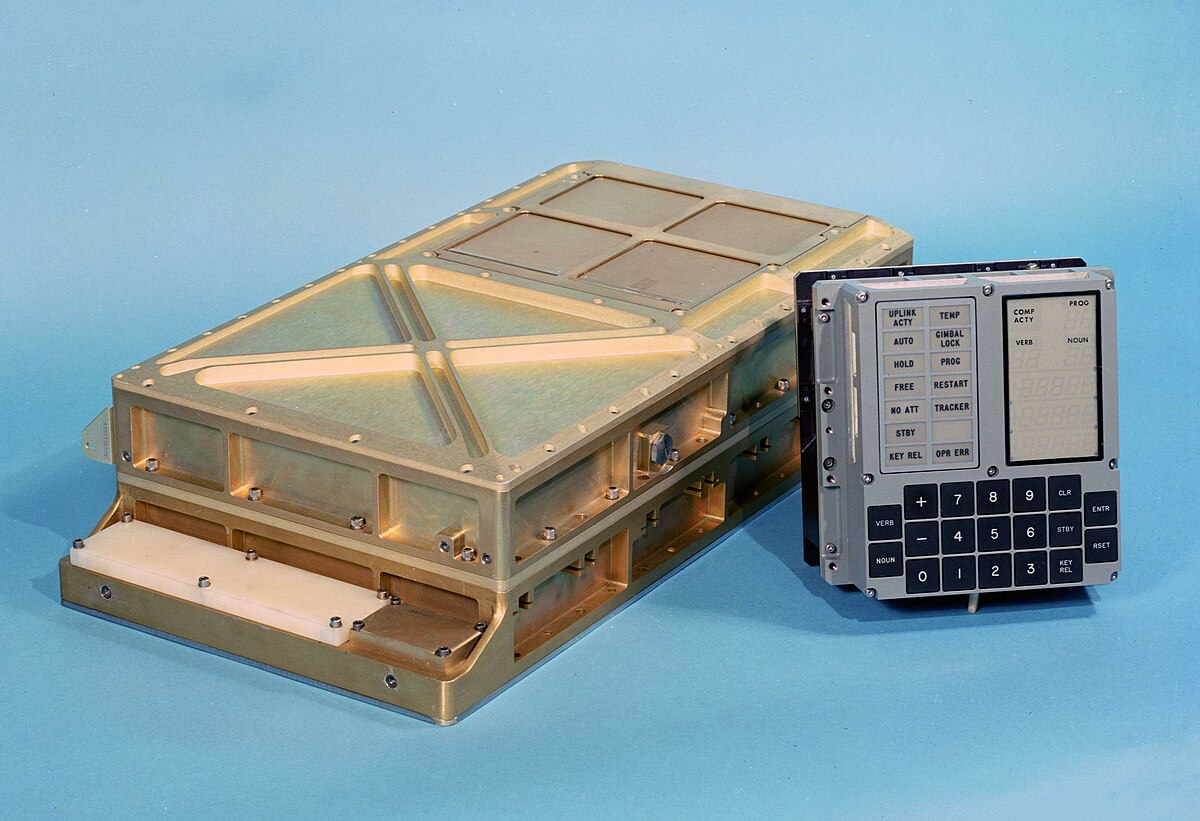
MIT’s Apollo Guidance Computer represented unprecedented miniaturization. Processing 85,000 instructions per second, it guided lunar missions through 4,000 integrated circuits. Reliable operation continued for 14,400 flight hours. The AGC’s error recovery systems saved Apollo 11 during its final descent to the Moon.
11. The First Computer Mouse
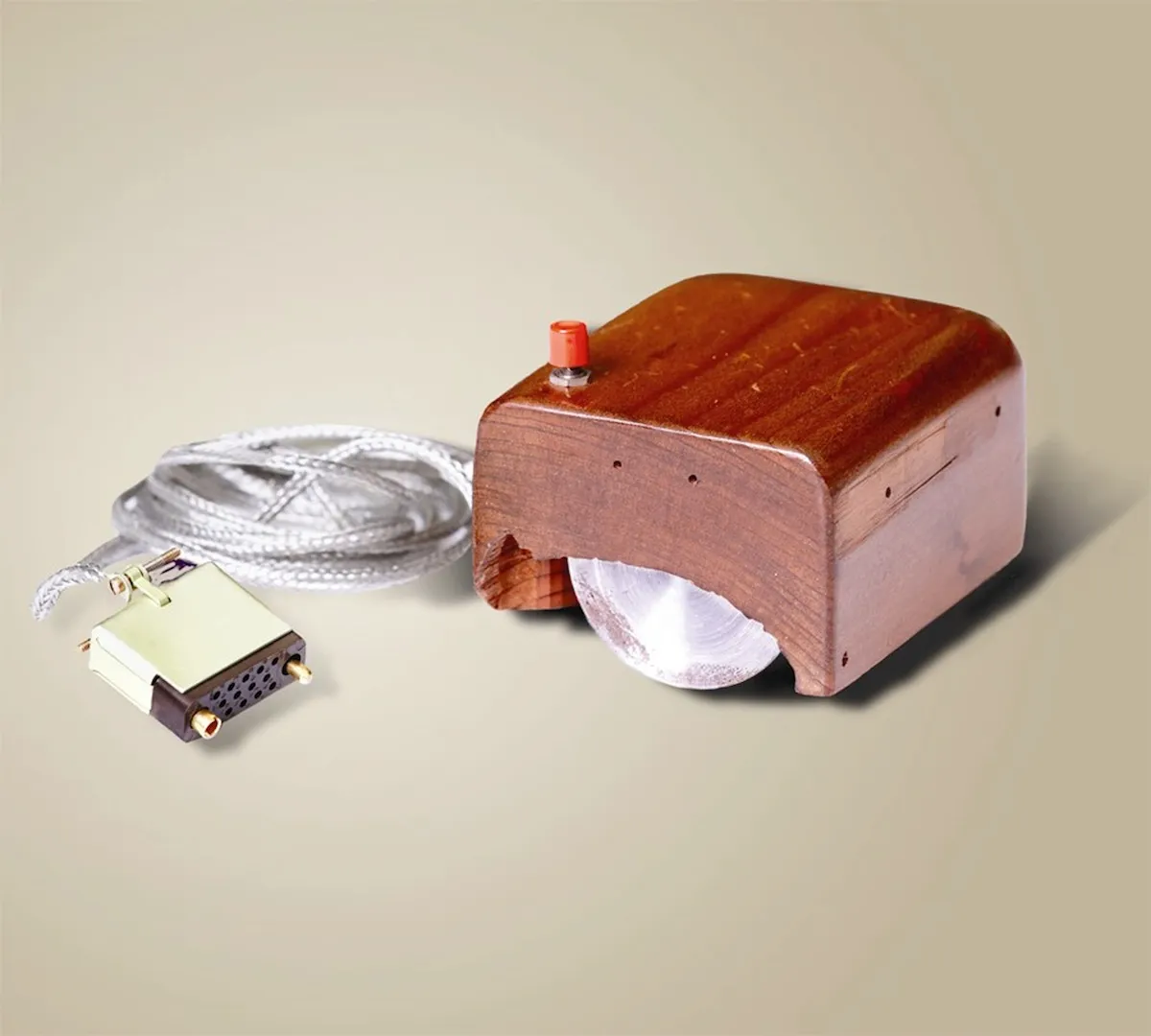
That mouse under your hand started as a wooden box at SRI. The original device measured 3 inches cubic with dual 1.5-inch wheels. Manufacturing required 300 precision components per unit. Apple’s Lisa team witnessed this demo, directly influencing their 1983 commercial mouse design.
10. Arthur C. Clarke’s Sci-Fi Classics

Arthur C. Clarke transformed science fiction through his unique blend of scientific rigor and boundless imagination. His masterwork, “2001: A Space Odyssey,” captivated global audiences and earned an unprecedented $146 million, proving that sophisticated science fiction could achieve mainstream success. Throughout his career, scientific journals would verify 15 of his technological predictions, from communication satellites to tablet computers. The crowning validation came when the Intelsat III satellite network launched in 1969, bringing to life the geostationary satellite system he had first envisioned in 1945.
9. IBM 1311 Disk Drive
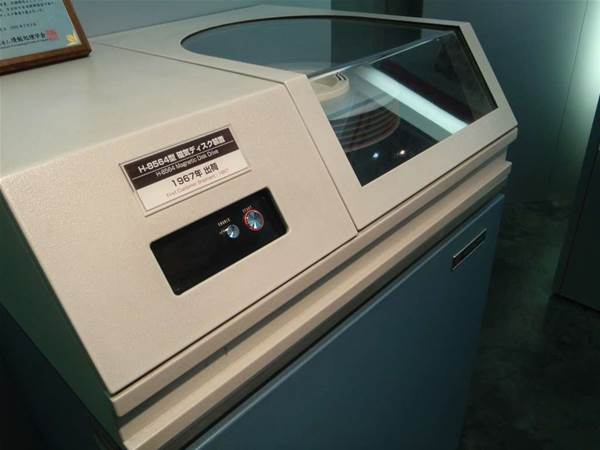
Remember when a gigabyte seemed huge? Back then, IBM revolutionized data management with their 1311 drive, creating the first truly portable storage solution. Their breakthrough system packed 2 million characters into each disk with lightning-fast 250-millisecond access, transforming business computing overnight. As demand exploded, 3,000 units rolled out to financial institutions in 1962 alone, proving the technology’s worth. This rapid adoption culminated in a watershed moment when airlines adopted the 1311 for their first computerized reservation systems in 1964.
8. ARPANET
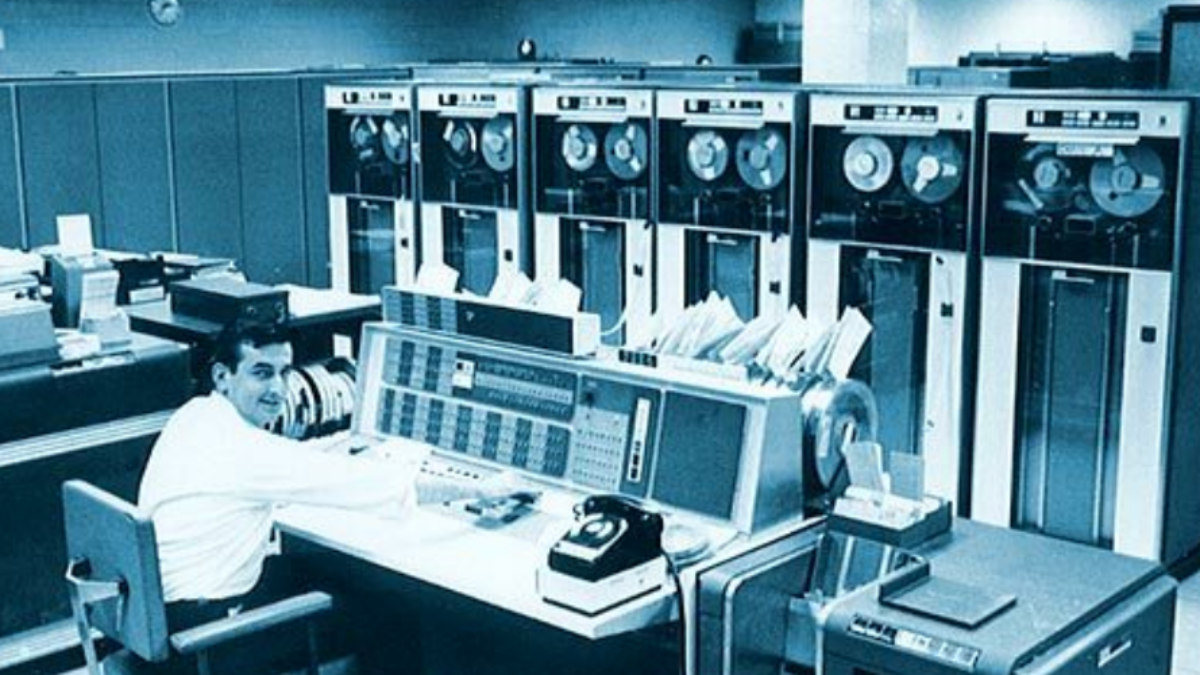
ARPANET launched with groundbreaking packet-switching technology. Initial configuration connected 4 nodes at 50 kilobits per second. Interface Message Processors maintained 99% uptime in December 1969. This four-node network established protocols still used in today’s internet backbone.
7. Marvel’s The Avengers
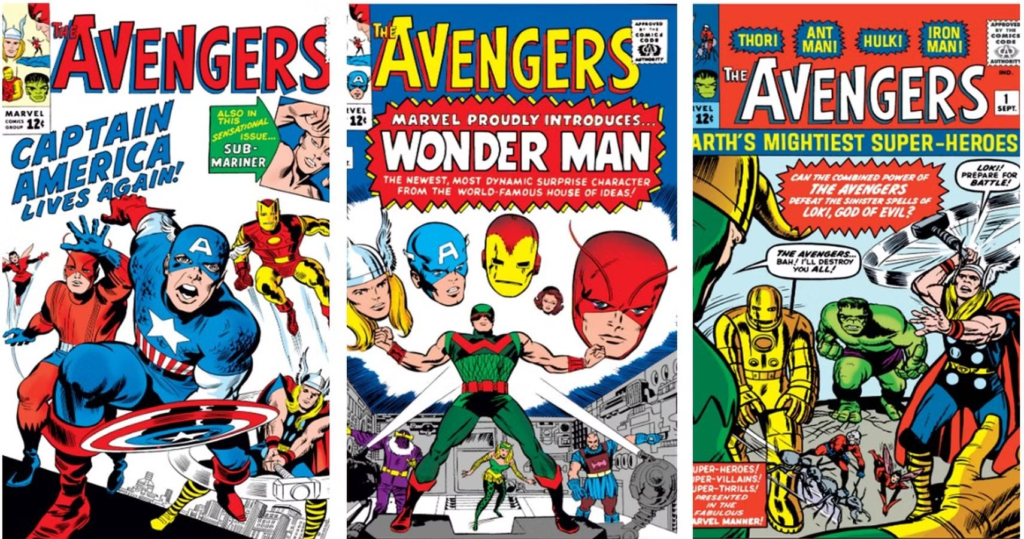
The Avengers redefined collaborative storytelling in comics. First-year circulation achieved 250,000 monthly copies. Production teams completed issues in 14 days using the Marvel Method. The Avengers’ success prompted DC Comics to launch the Justice League of America, creating the modern crossover event.
6. LEDs
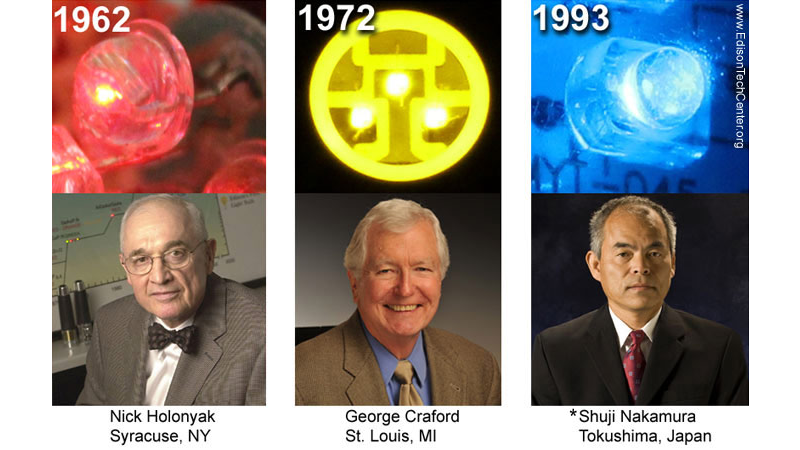
Before LED bulbs lit your home, General Electric developed the first visible LED. First-generation devices produced 0.1 lumens at 650 nanometers. Production scaled from $260 to $30 per unit by 1965. Monsanto purchased the LED patent in 1968, beginning mass production for electronic displays.
5. Apollo Lunar Module
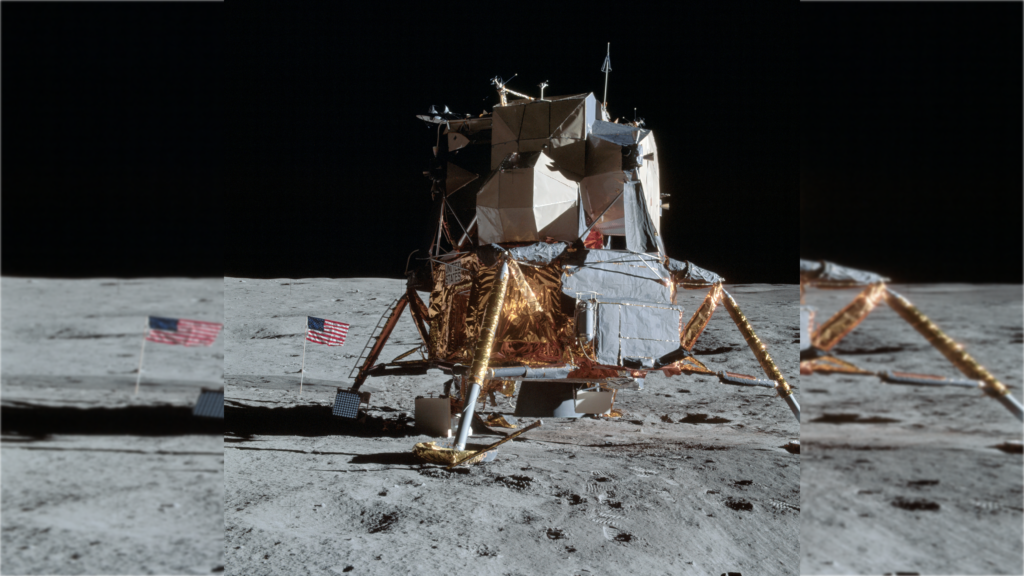
Grumman’s Lunar Module represented unprecedented spacecraft design. Each vehicle supported 75 hours of operation with 2 million components. Production costs reached $1.5 billion for the program. The LM’s successful Moon landing validated modular spacecraft design for future space missions.
4. Transistor Radios
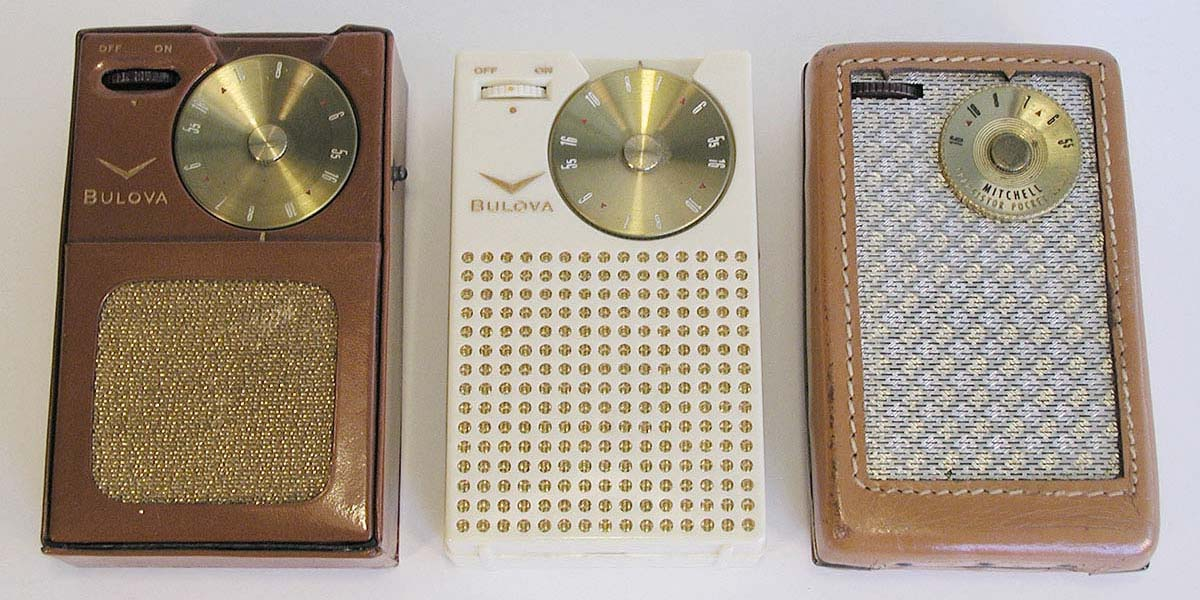
The ancestor of your portable devices arrived as the transistor radio. Standard models contained 6 transistors in 15-ounce packages. Japanese exports reached 10 million units annually. Sony’s transistor radio success funded their entry into television manufacturing in 1968.
3. Magnetic Core Memory
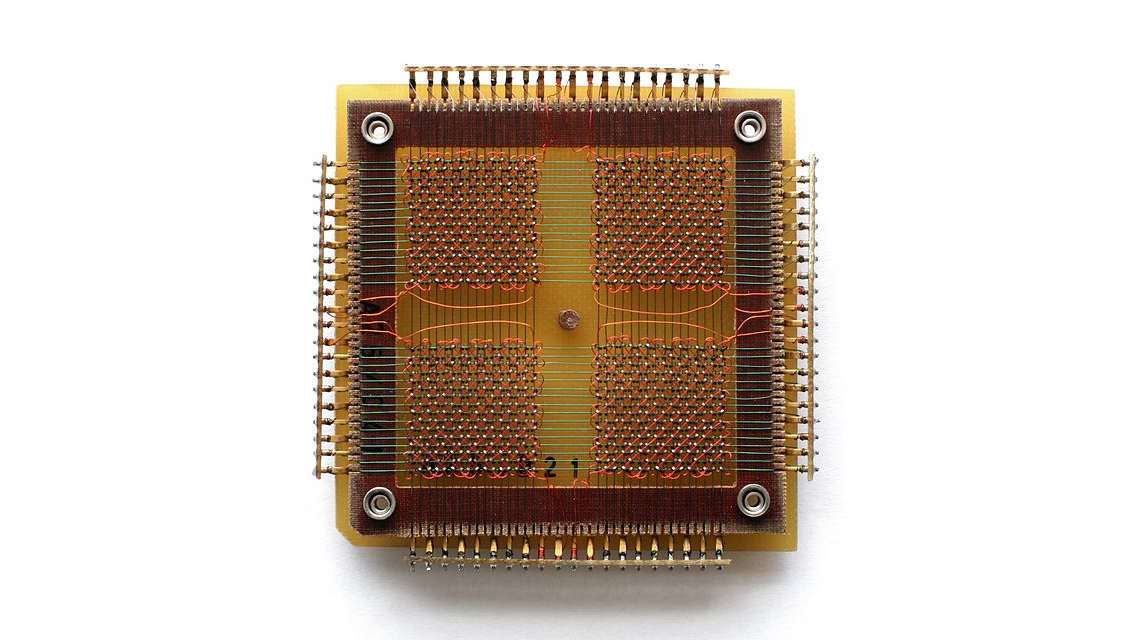
Core memory enables you to have reliable computer operation. Individual cores measured 2 millimeters with 6-microsecond access. Production achieved 1,000 cores per hour. Core memory’s reliability led to its use in critical banking systems until 1974.
2. Kaiju Cinema
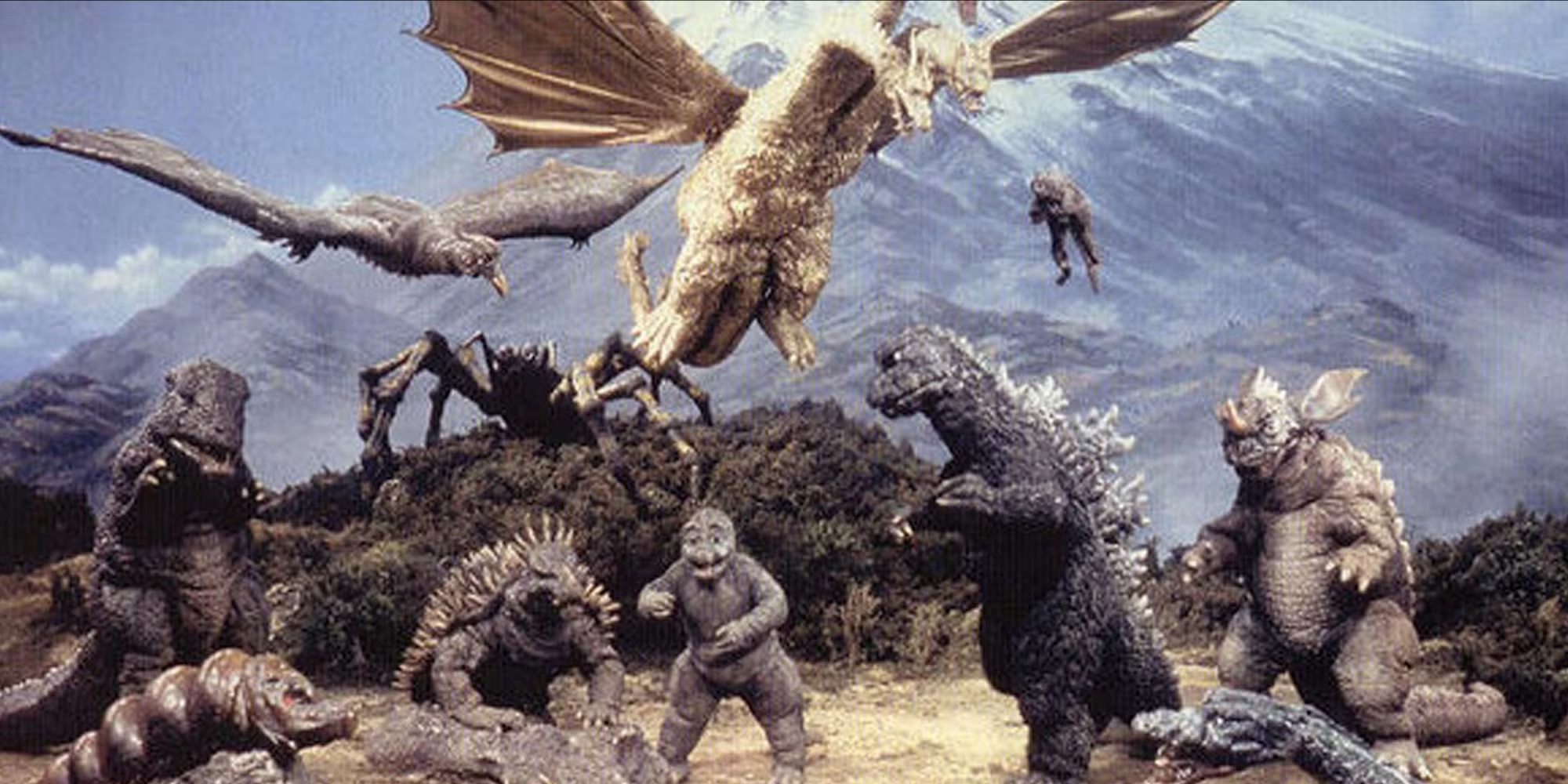
Toho Studios elevated effects-driven filmmaking. Godzilla releases averaged 10 million viewers domestically. Sets utilized 1:25 scale miniatures. Toho’s effects techniques influenced Hollywood’s disaster film genre throughout the 1970s.
1. IBM 360
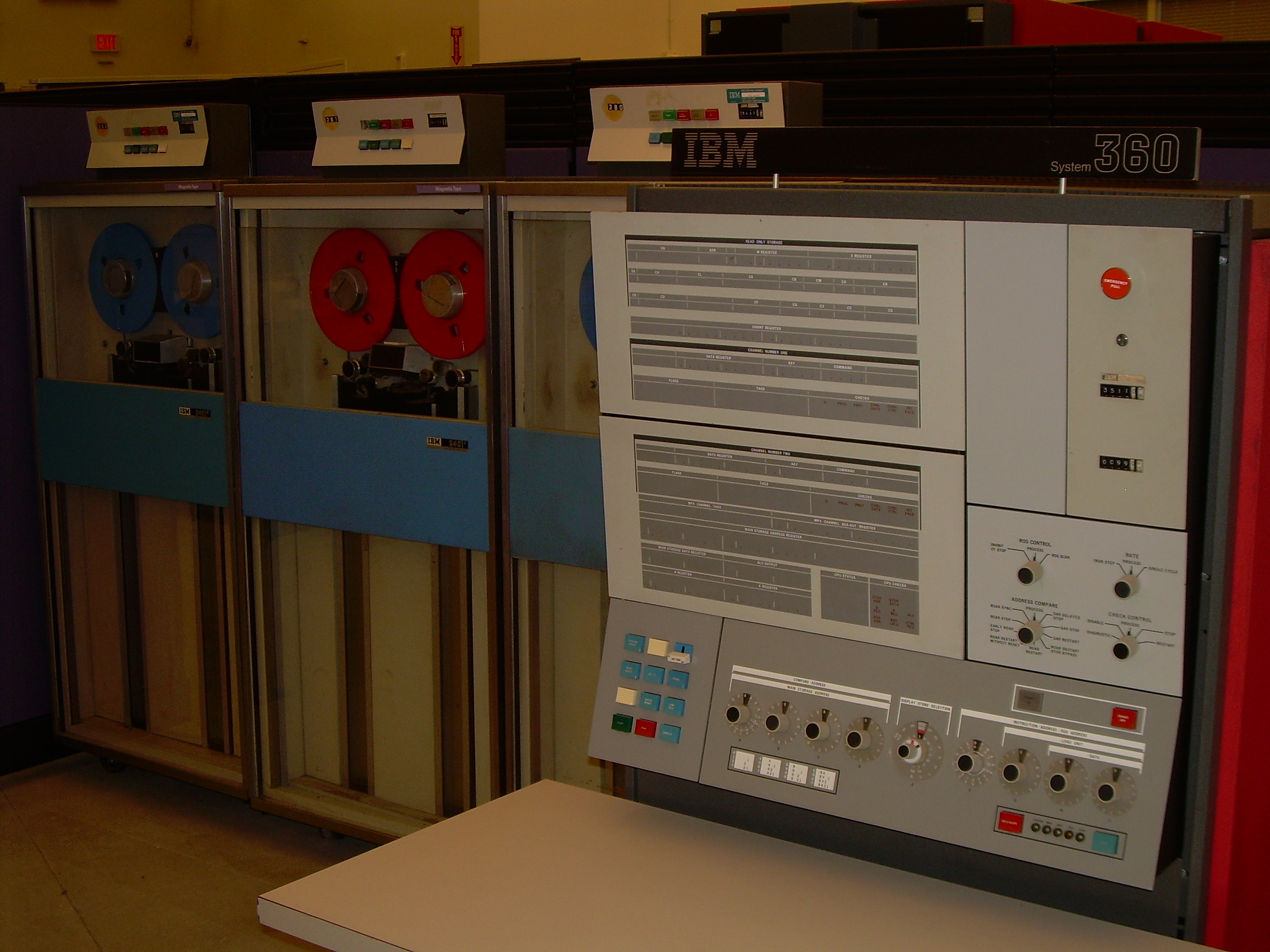
IBM’s System/360 established hardware compatibility across performance ranges. The line encompassed 19 models with 50:1 power ratios. Development required $5 billion investment. The System/360’s success established IBM’s dominance in business computing for the next two decades.

